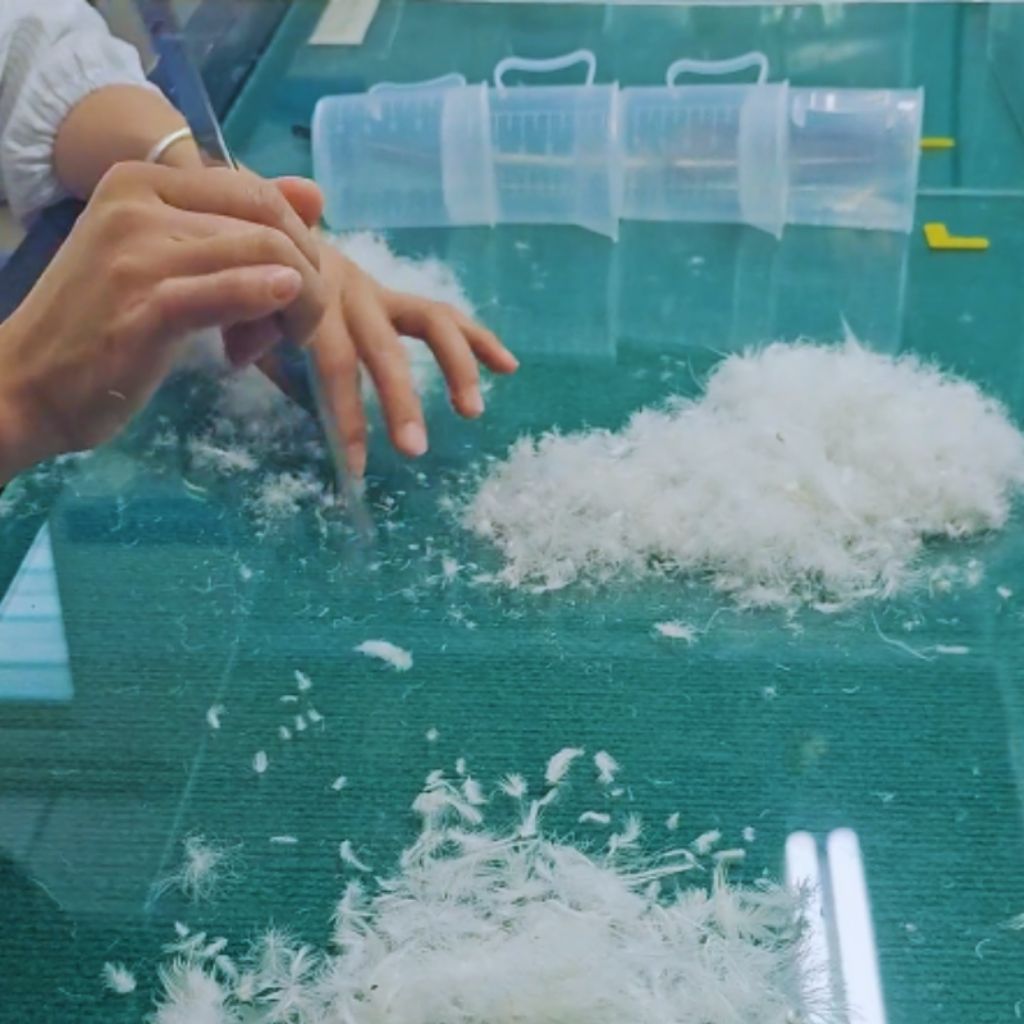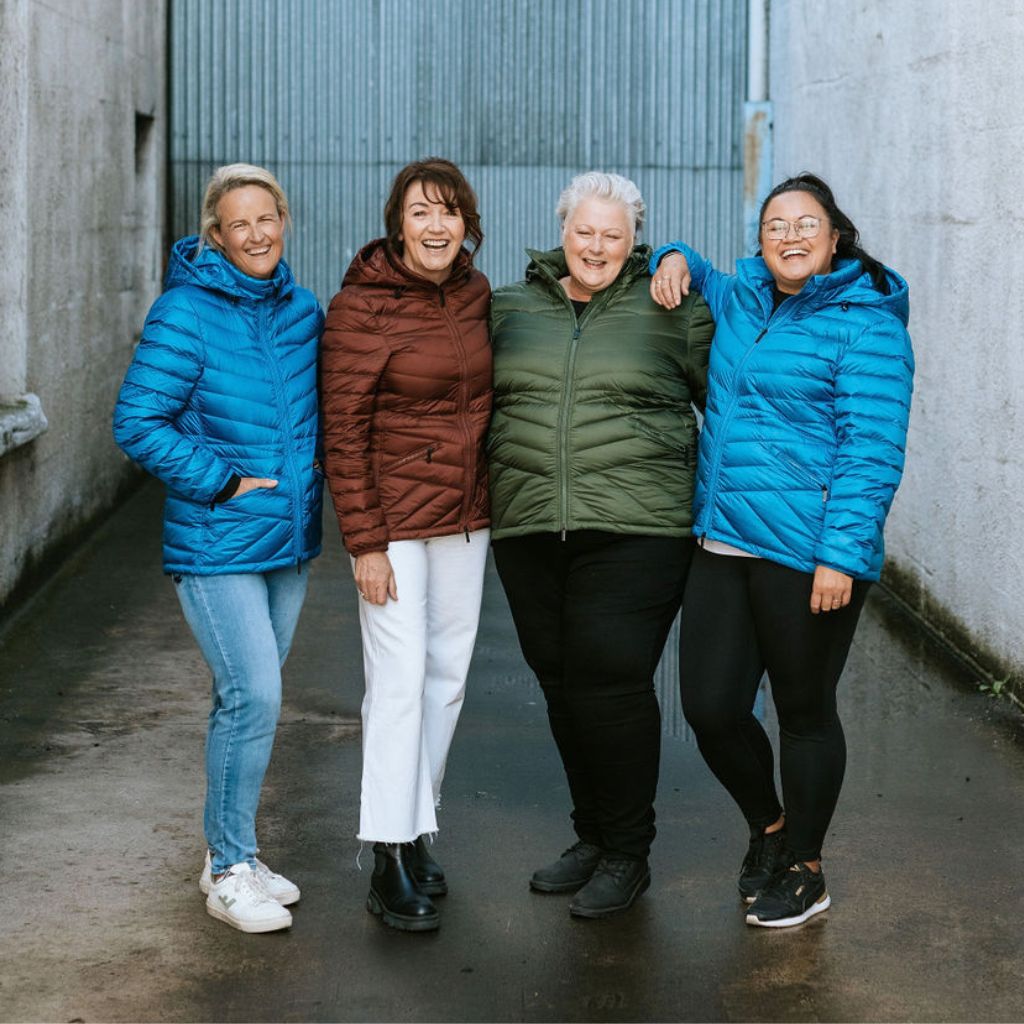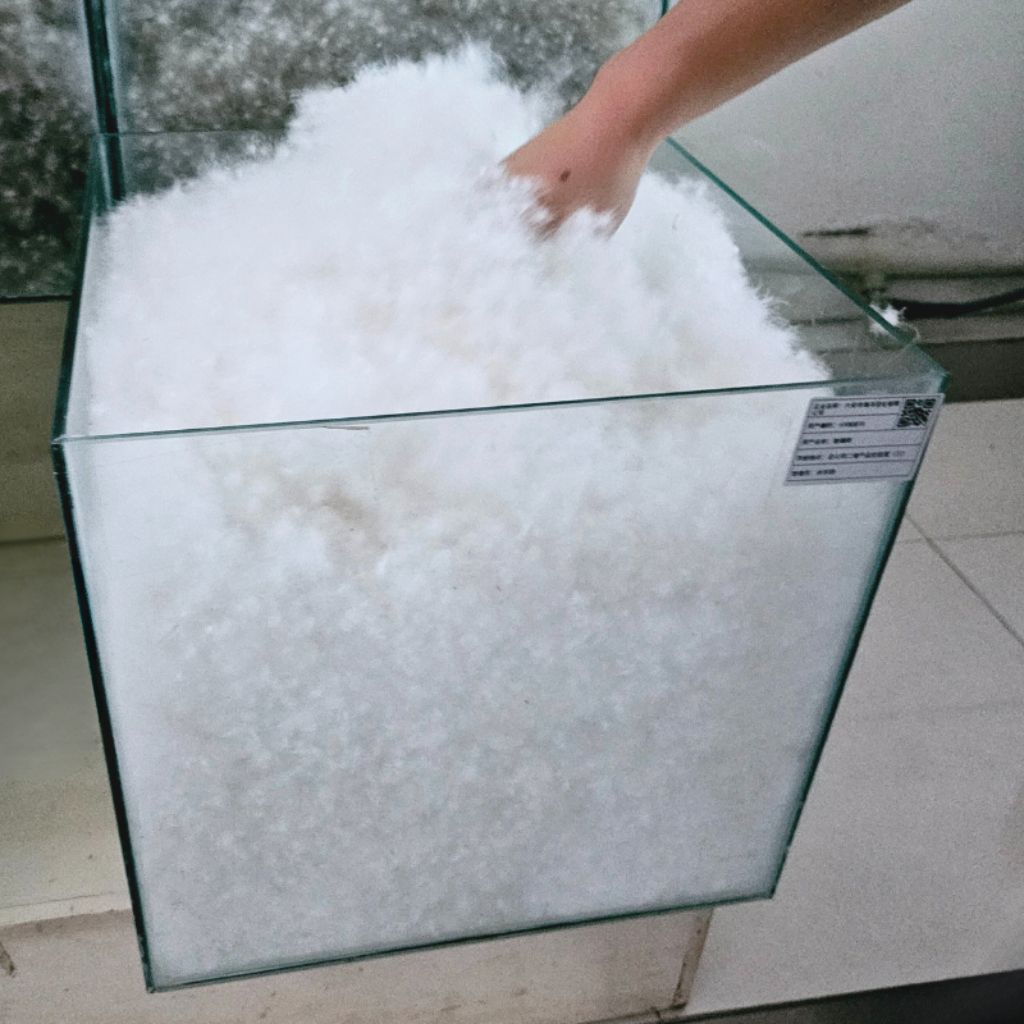Menu title
This section doesn’t currently include any content. Add content to this section using the sidebar.
Your headline
Image caption appears here
$49.00
Add your deal, information or promotional text

Meet Charlie and Michelle, the husband-and-wife team behind the down mill and factory we've partnered with for over a decade.
Born in An Hui, China and educated in Manchester, Charlie met Michelle (also from An Hui) before the pair lived in Toronto, then returned to China to take over the family business. Today, Charlie is a leading down supplier, working with brands like Canada Goose—and once crafted a $300,000 Icelandic goose down comforter for the King of Jordan!
As one of the best in the industry, Charlie and Michelle are committed to quality, ethical sourcing, and constant innovation. We’re proud to call them not just partners, but friends.

What is R.D.S – the Responsible Down Standard?
R.D.S is a global, voluntary standard that protects the welfare of ducks and geese used for down and feathers. It ensures no live-plucking or force-feeding, with strict audits across the entire supply chain.
We’re proud that 100% of the down in Moke products comes from Charlie’s R.D.S-certified factory. With the mill and factory on one site, every step is traceable—from raw material to final product—ensuring quality, ethics, and accountability

Why Down?
Down is nature’s ultimate insulator. Its clusters trap warm air through a process called lofting, creating lightweight warmth without bulk. Unlike synthetic fills, down is highly breathable—pulling moisture away from your body to keep you dry and comfortable during cold-weather activity.
Our down jackets are built for performance and comfort—whether you're on a brisk walk or a mountain hike. With proper care, they’ll last for years, maintaining their loft and warmth season after season

So, now can you explain the 90/10 ratio and fill power?
Our packable down jackets use a 90/10 blend—90% premium down clusters and 10% feathers. Down traps warm air efficiently without bulk, while feathers add structure. All Moke down is R.D.S certified.
What is Fill Power?
Fill Power measures down quality—how much space one ounce of down fills. Higher numbers mean more loft, but warmth also depends on how much down is used. Fit, features, and where you’ll wear it all help determine the best jacket for you.
